The Pir Bakran mausoleum, the burial pace of Mohammad ebn-e Bakran, is a historical sepulcher in Isfahan’s Pir Bakran dating back to the Ilkhanid era. The inscriptions inside the tomb indicate that the mausoleum belongs to the early times of the conversion of Mongols to Islam. The precinct of the mausoleum is encircled by walls, small vaulted spaces that open on to the courtyard, and the curved doorway of the main iwan adorning with some engravings in Kufic and Cursive styles embellishing with trailing floral stucco decorations, which are beautifully crafted by Mohammad Naghash.
Iran (IMNA) - The main materials of the mausoleum are the unique stones, bricks, plaster and glazed tiles in various shapes and famous Iranian colors- namely indigo and Persian blue-, which were made exclusively for this construction.
Experts have highlighted that the artistic value, the architectural styles employed in the plastering and tiling of the altar, and the way several types of calligraphies and patterns combined together is considered peerless against to other historical masterpieces belonging to the same era.
Looking out from the mausoleum, one can see a large cemetery filled with old gravestones belonging to Isfahani Jews from across the centuries. The ancient cemetery used to be a pilgrimage site for the Jews, where a mystical figure in Judaism, Astar Khatun (Sarah Bet-Asher), buried there. Iranian Jews claim that Serah traveled throughout Persia during the rest of her life; however, during the 9th century CE she took up residence in the town of Isfahan. The cemetery hosts the graves of Isfahani Jews from across the centuries, and is mostly visited during the Jewish calendar month of Eul.
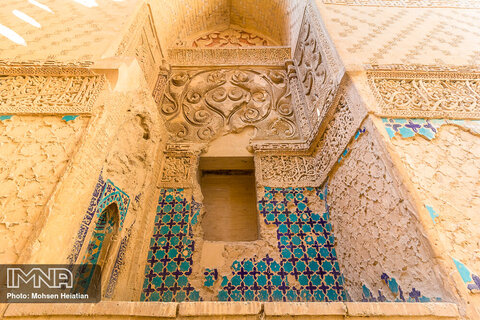
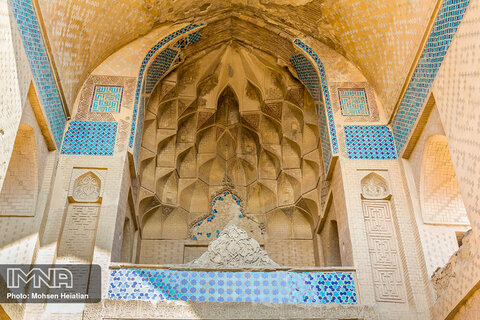
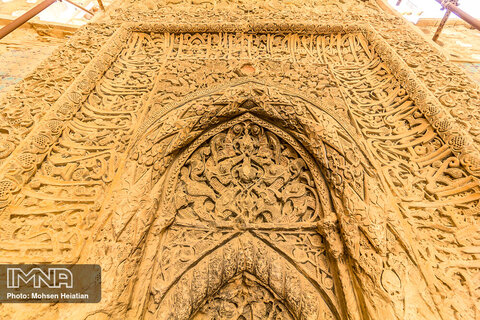

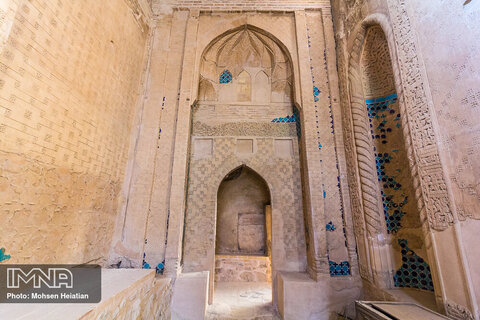
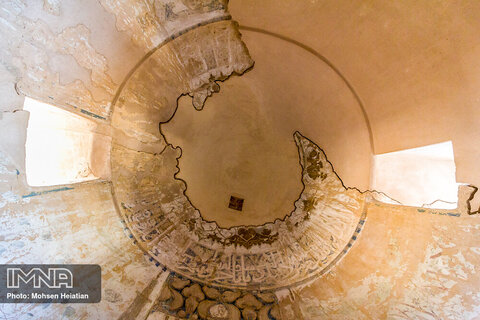
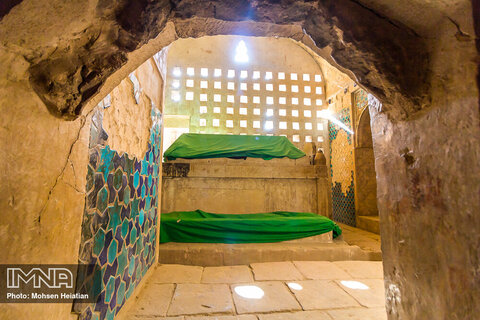
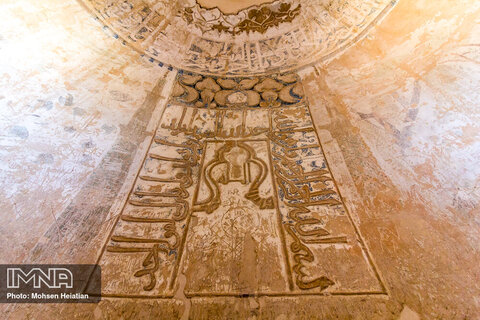
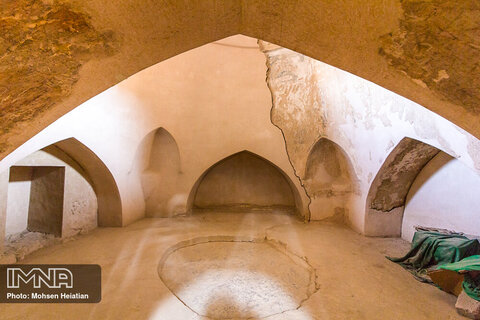
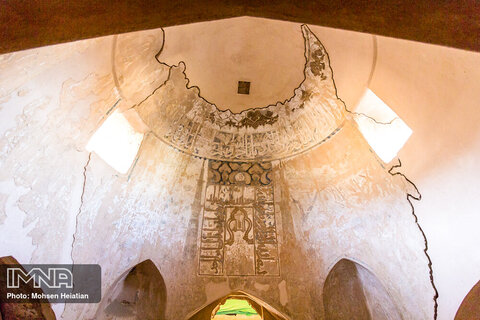
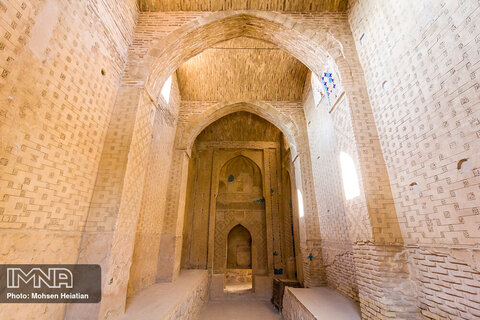
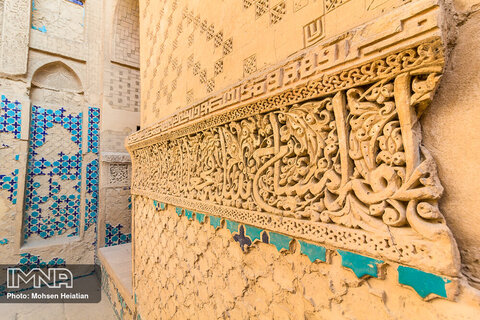
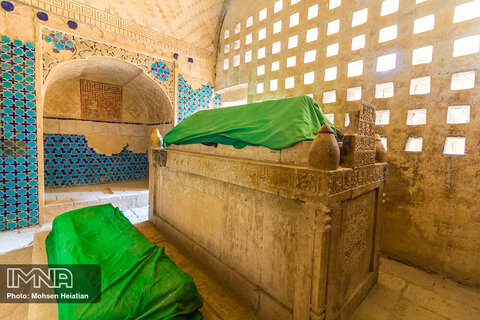

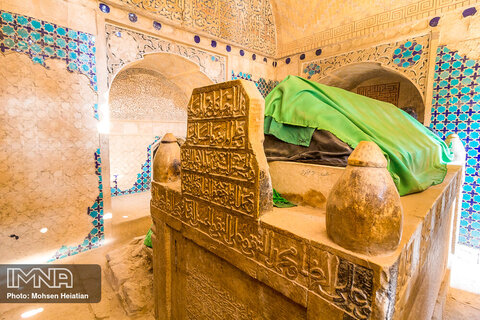
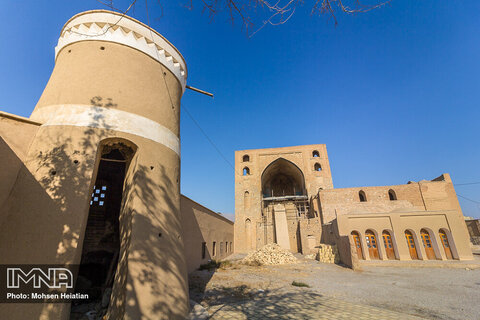

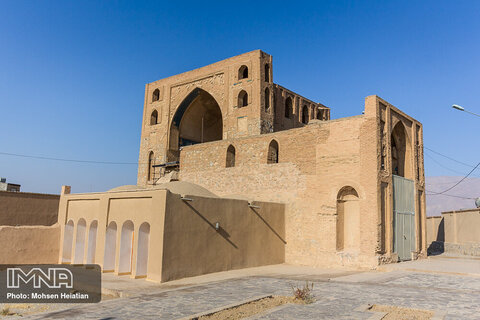
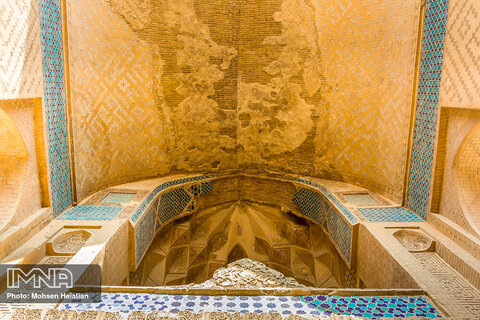

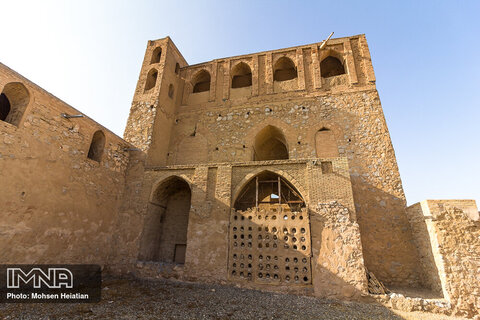
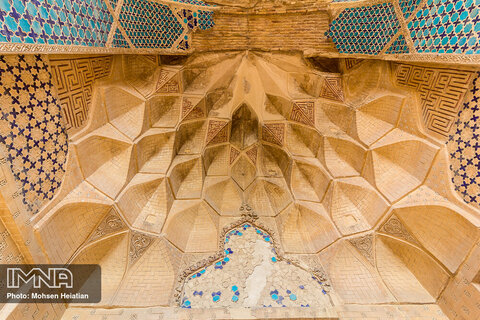
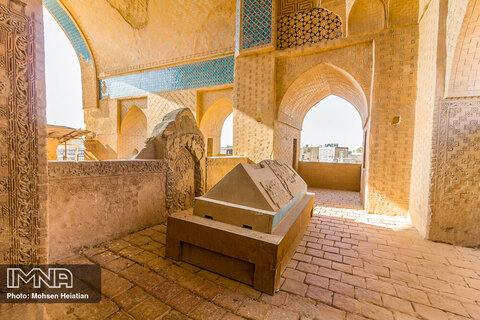
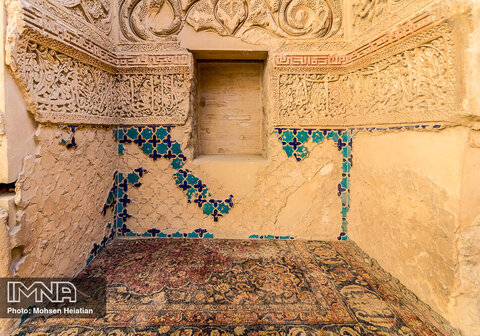
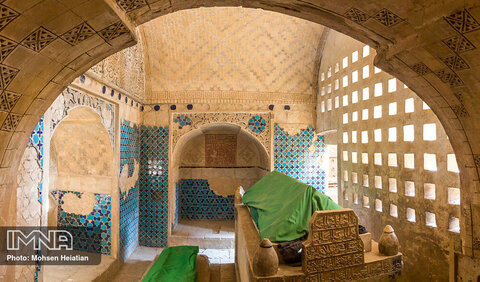
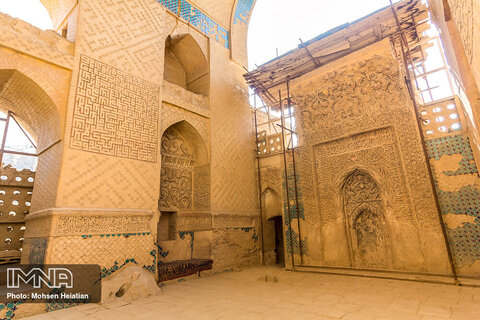
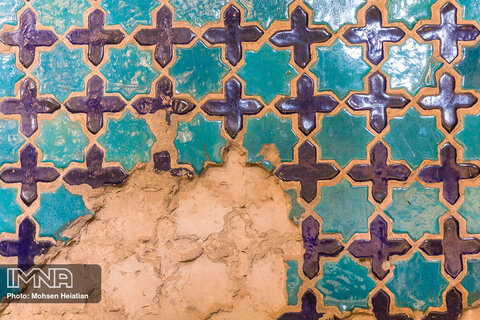
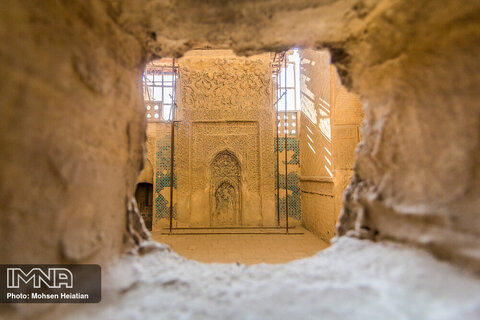
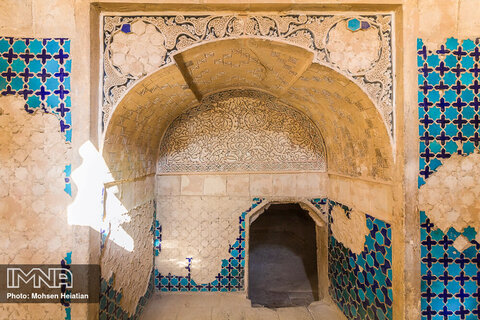
Your Comment